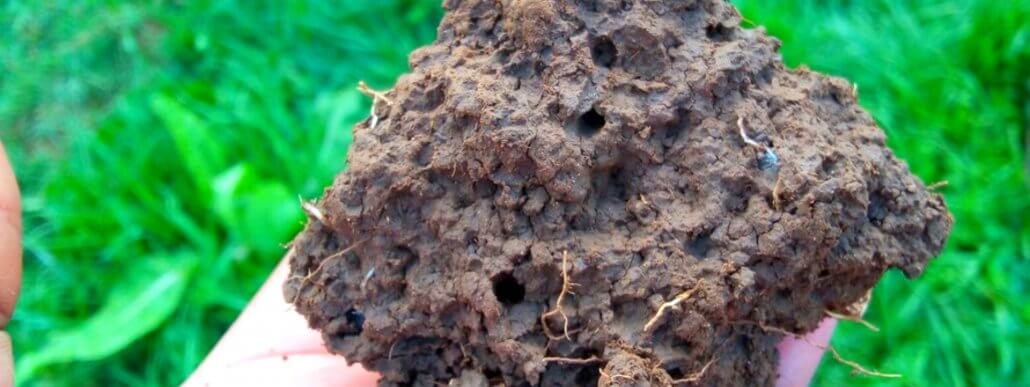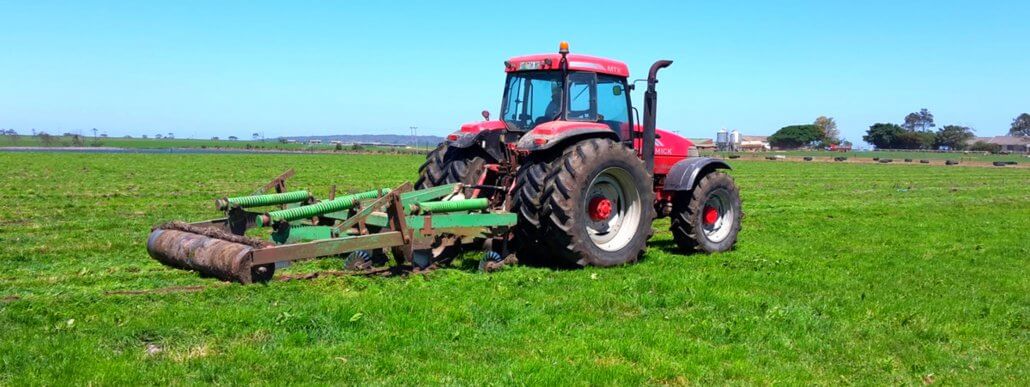
Oxygen is one of the overlooked but most important requirements for microbial and root development. In fact, I’d even posit that it is more important than food, water, and warmth. Microbes can last a few days without food, maybe a couple of hours without water but within a few minutes of being deprived of oxygen, their entire body stops. This is true for the plant roots as well.
Here’s why
Microbes and plants need oxygen for cellular respiration. Cellular respiration basically means breaking down/converting food (carbohydrates particularly) into an energy “currency” which the microbial and plant body can use. Think about it in a similar way where foreign currencies are converted to dollars and can be used anywhere in the world. Microbes, as well as plants, can take those “dollars” and use them in any cell they want in their bodies. This process also produces important by-products such as carbon dioxide, water, and heat. Microbes can actually generate their own heat and water for a period of time, how cool is that? This obviously comes as an advantage in dry and cold periods.
Practical lessons
Making sure there is enough oxygen in the soil profile should be the top priority for a farmer. Yes, we often say soil disturbance is not good for the soil, however poor soil aeration has far more detrimental effects. Therefore it is important that farmers should always fix a hardpan or compaction layer as soon as possible. I think it is completely unacceptable to only be oxygenating and farming with only the top 5 to 10 cm of the soil profile. If you have compaction and roots are not penetrating below 15cm then you need to get rid of the compaction. You are losing out on subsurface fertility and moisture.
How do we oxygenate the soil?

I know there are many who would advocate seeking to fix compaction by using plant roots, cover crops and so forth, and those are very valuable tools. They are, however, often too little too late, and work too slowly. The most effective tool is actually using deep rippers to aerate the soil profile and then using cover crops and roots to maintain that openness and to make sure that compaction doesn’t develop again. It is important to have good aeration and oxygen flow in the soil profile. If your soil doesn’t have compaction problems, then the roots should be sufficient to maintain soil aeration.
Remember to oxygenate your soil because failure to do so is setting up an entire cascade of failures in your soil.
Sources
- The management of soils with excessive sodium and magnesium levels - 2023-06-12
- Understanding evapotranspiration better - 2021-10-18
- Soil fungi connections - 2021-09-28
